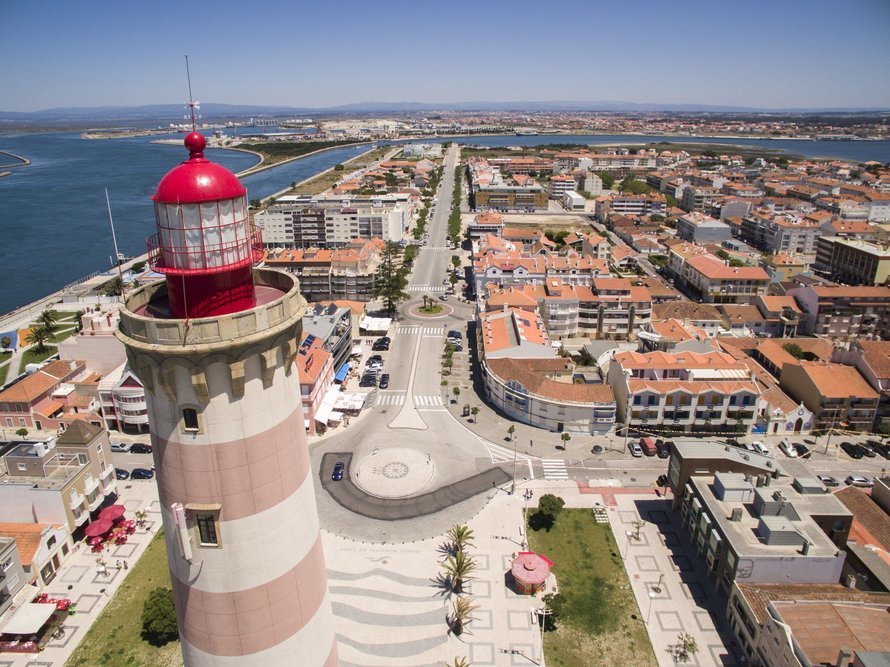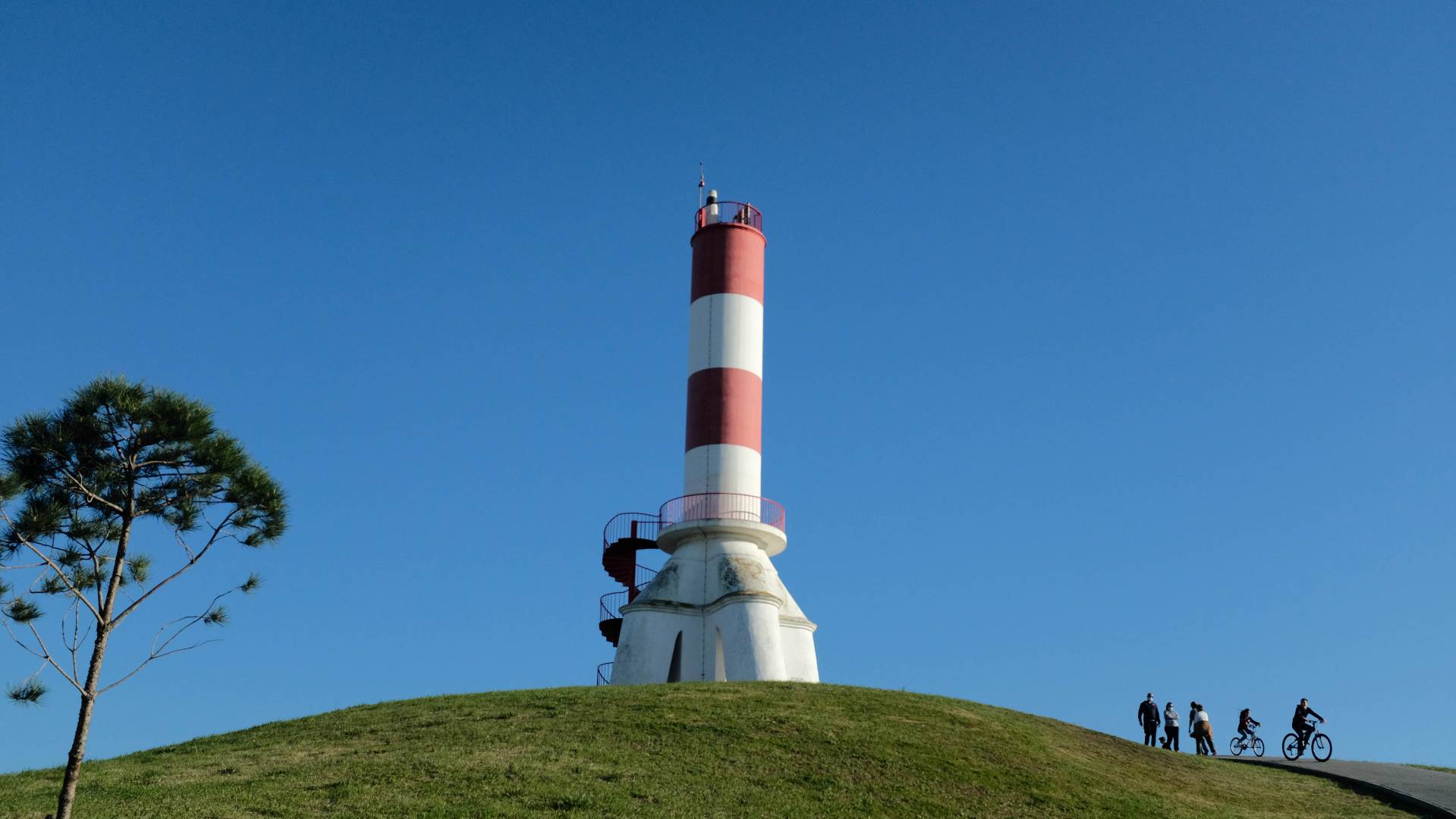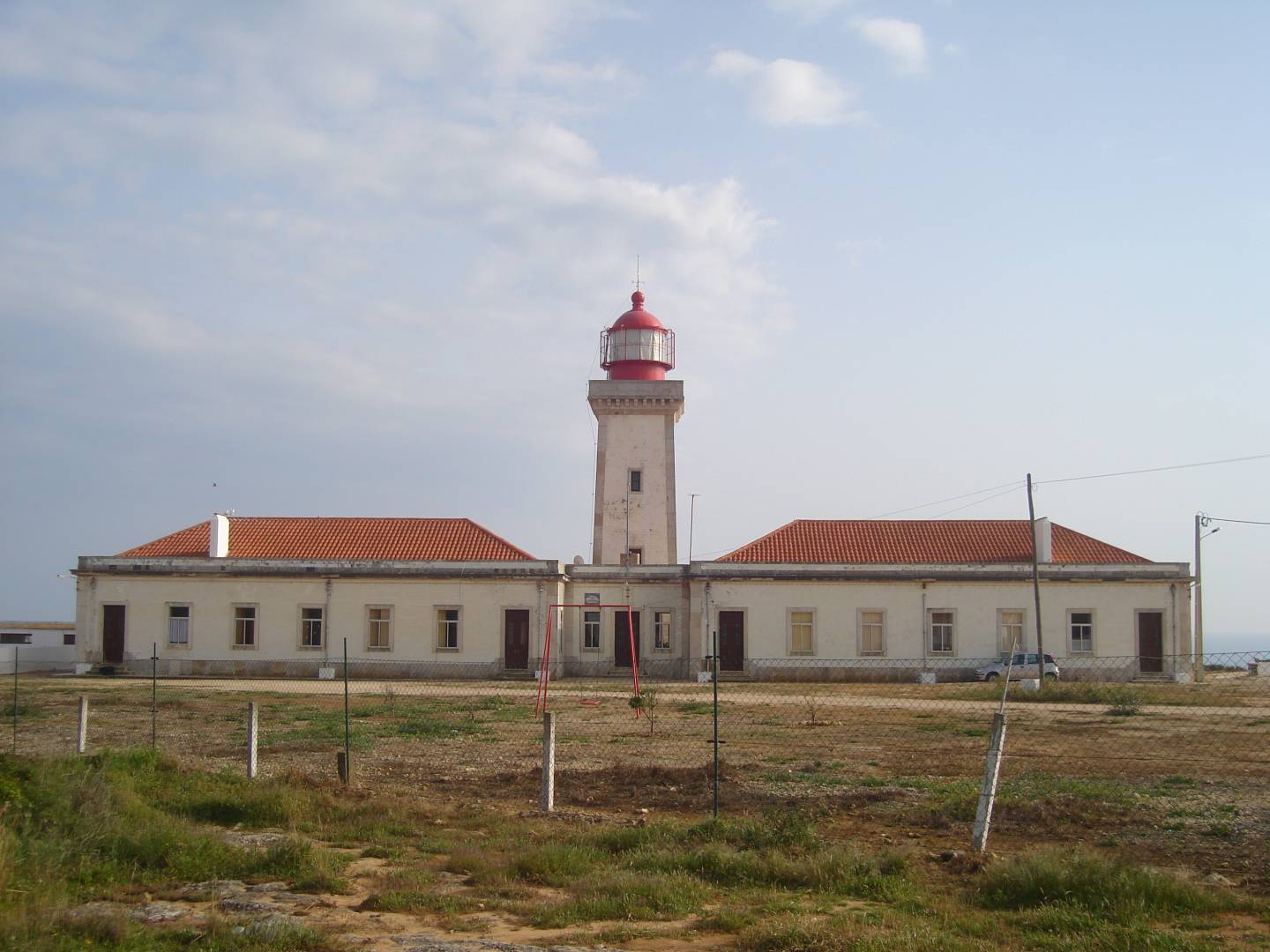30 lighthouses in Portugal to discover
All About Portugal introduces you to 30 lighthouses in Portugal, spread across the entire coast.
The adventure of Portugal's lighthouses began in the 16th century, with Portuguese navigators, and their function for centuries was to illuminate the return home of those who were at sea. With many stories behind them and a long life, these monuments arouse a lot of curiosity and fascination. Some are still active and are home to families of lighthouse keepers and others are just a symbol of the past and a pilgrimage destination, as their location, on high points and with incredible views of the Atlantic Ocean, in itself, is already a strong enough reason for a visit. Join All About Portugal on this expedition along the Portuguese coast from north to south, including islands, through 30 lighthouses of Portugal.
Farol de Montedor (Viana do Castelo)
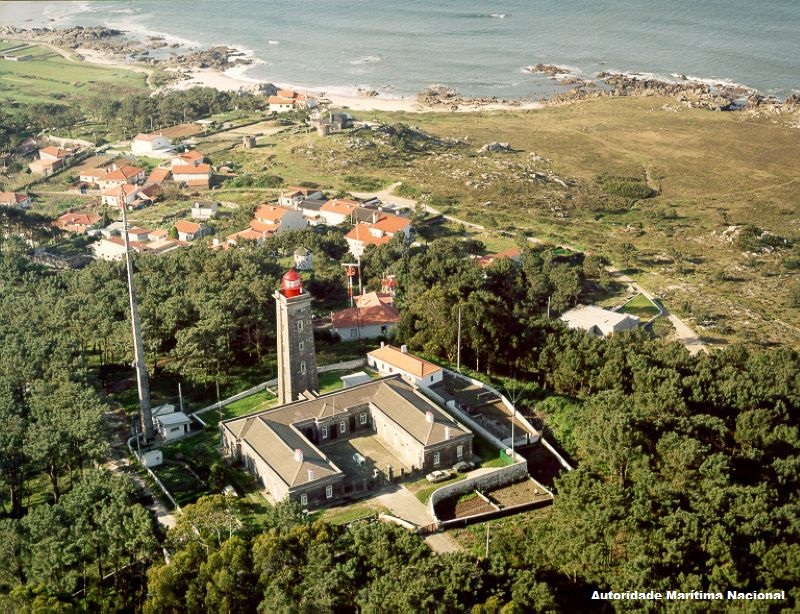
Coastal Lighthouse built between 1908 and 1910, the present a quadrangular Tower, facades of four records, with coverage in semicircular roof crowned by a weather vane metallic. Inside, the staircase and to the tower guard, Newel posts and handrails in copper.
Farol de Leça (Matosinhos)
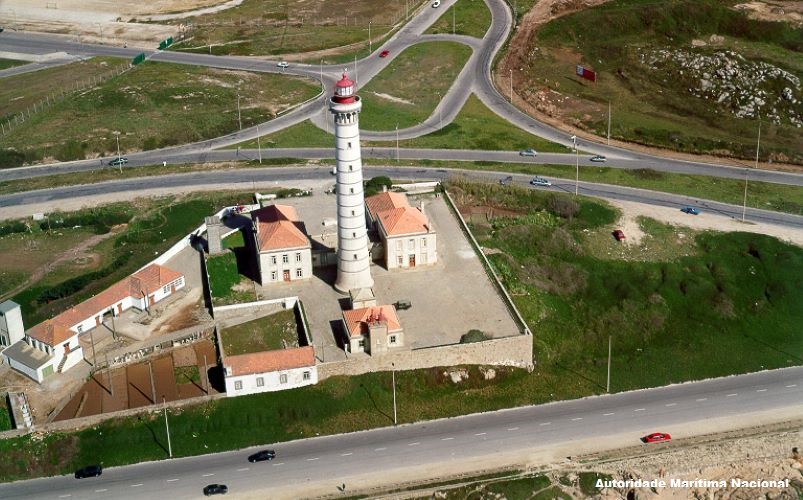
The Boa Nova Lighthouse began to function in 1926 and until 1962 it housed the School of Lighthouse keepers. It is the second largest lighthouse in the country, with a tower 46 meters high. Between 2003 and 2004, the Lighthouses Directorate carried out improvement works, such as the construction of a museum center and the conversion of accommodation.
Farol de São Miguel (Porto)
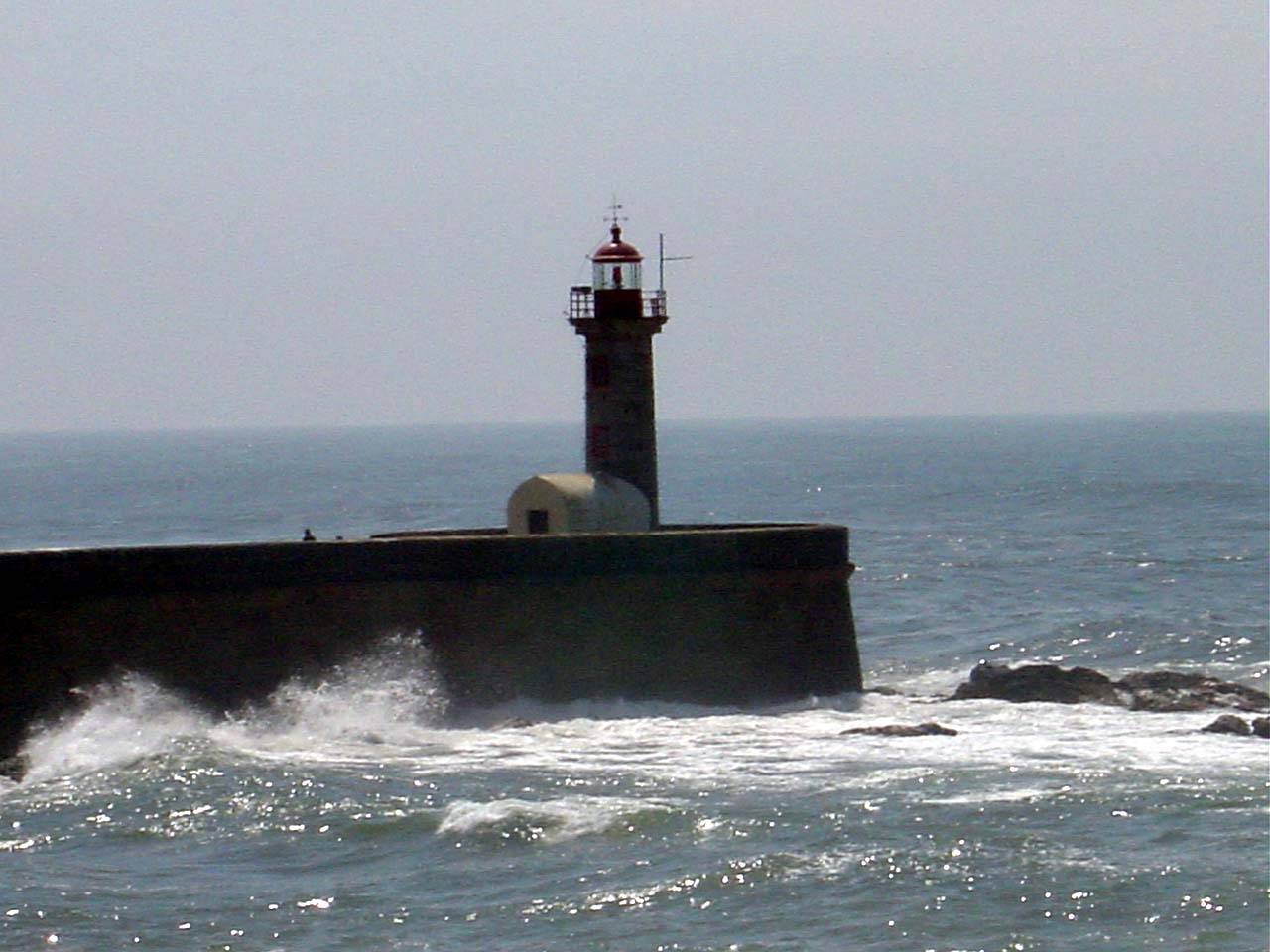
It was the first fire light in Portugal and was built in 1527, by the commendatory of the Santo Tirso Monastery, D. Miguel da Silva, who left incomes to lit fires at night, perpetually.
Farol do Cabo Mondego (Figueira da Foz)
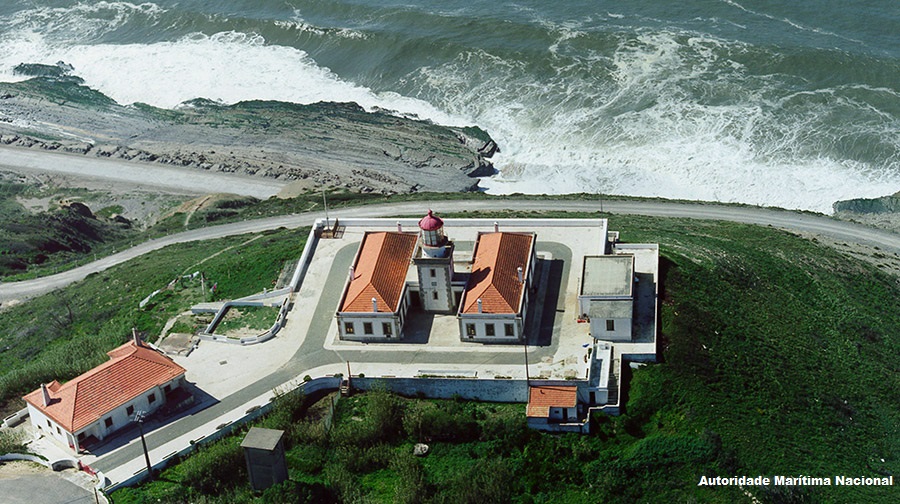
Coastal lighthouse, old. To highlight their architectural symmetry and simplicity, as well as the perfect fit in the middle in which he is involved.
Farol do Penedo da Saudade (Marinha Grande)
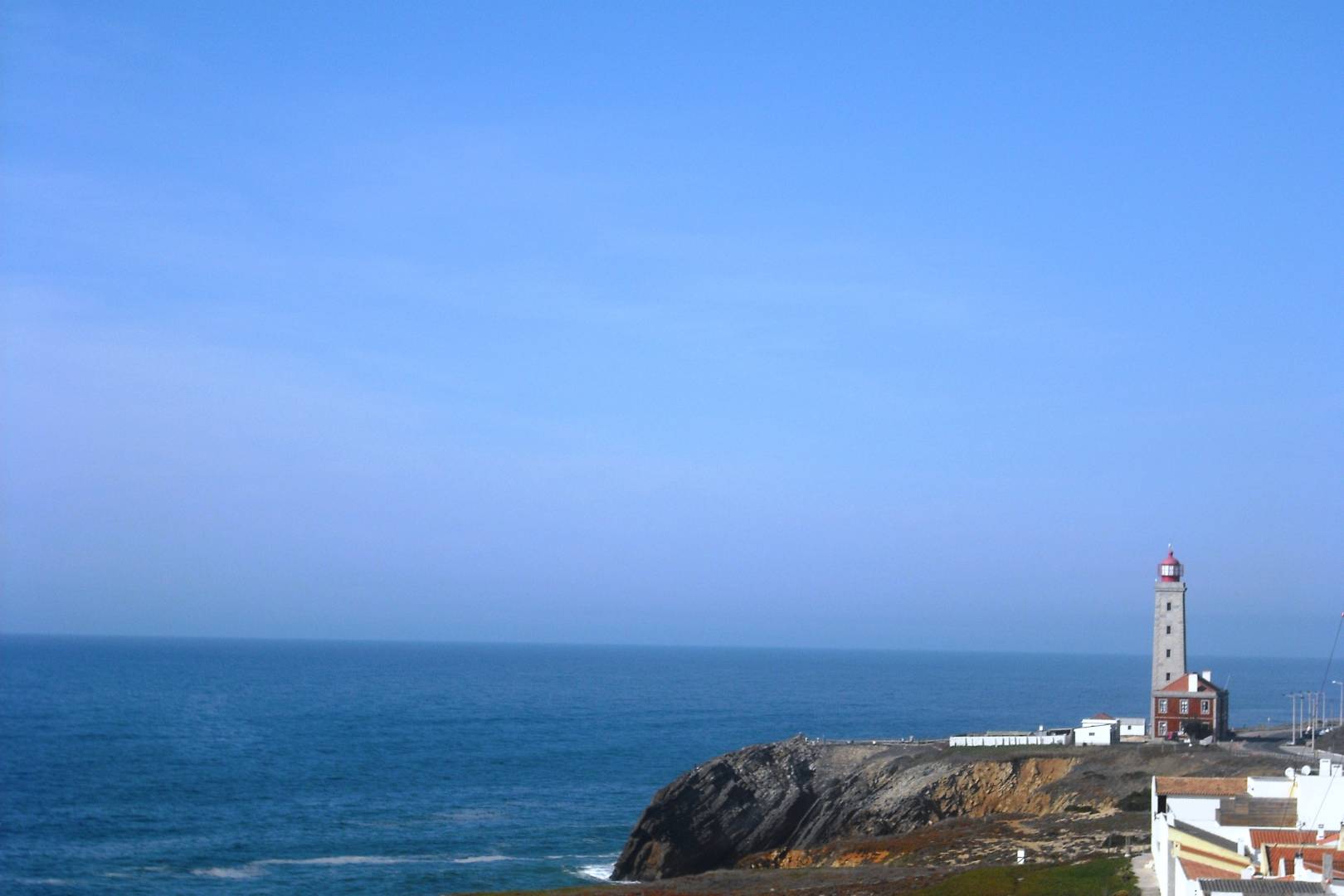
Coastal lighthouse, modern architecture, which features quadrangular Tower. The lighting system is rotating directional Crystal optics.
Farol de Santa Marta (Cascais)
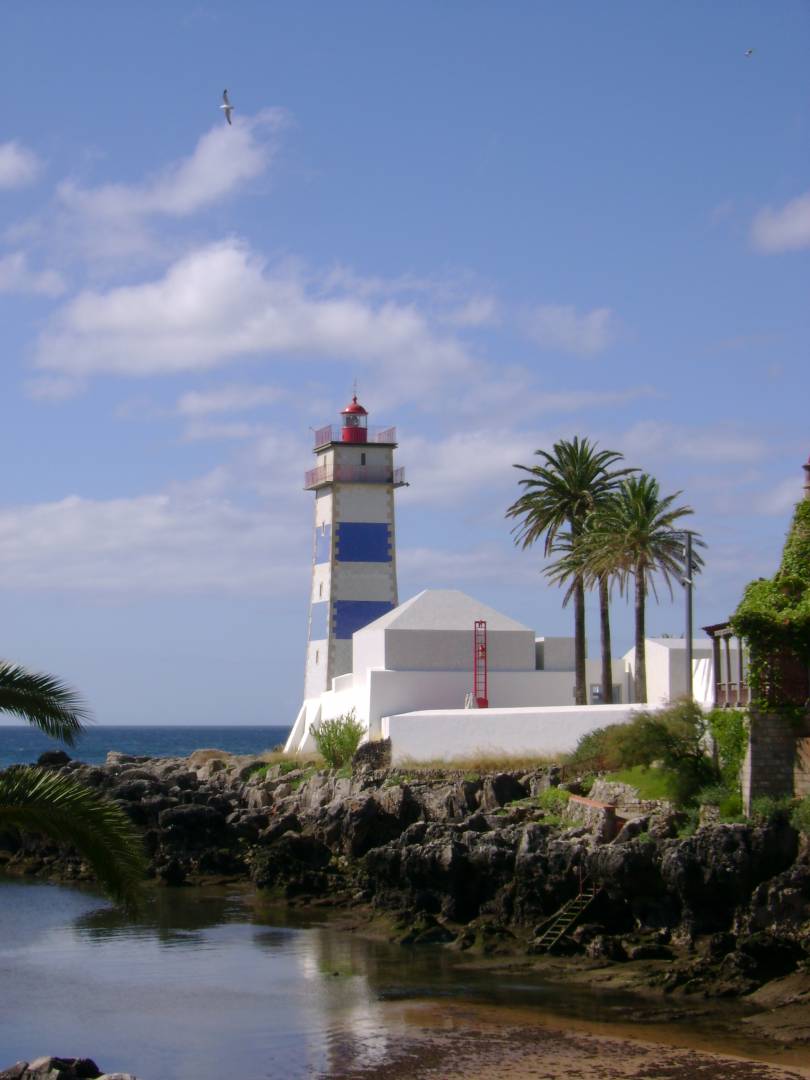
The farol de Santa Marta is one of the oldest in the municipality and played an important role in the safety of Cascais and the guidance of boats to dry land. Despite maintaining its functions, currently houses a museum space dedicated to five centuries of Portuguese headlights life, its history and heritage value.
Farol do Cabo Espichel (Sesimbra)
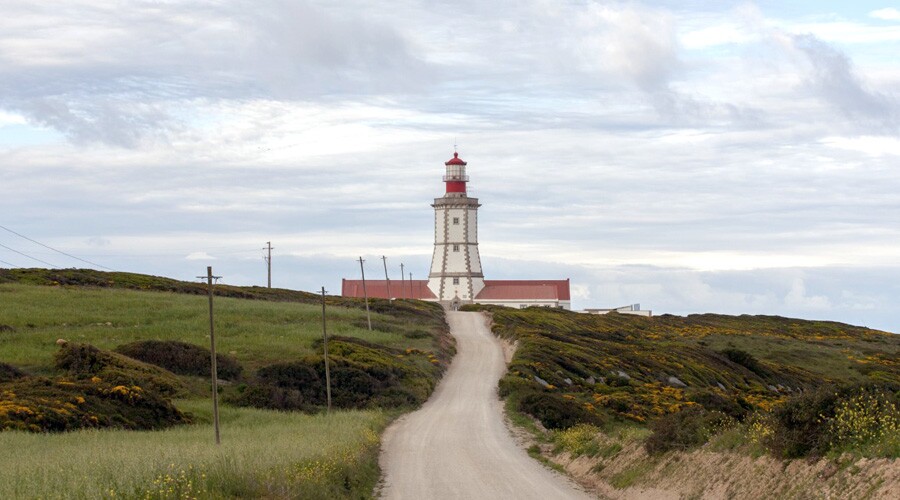
The construction of the Cape Espichel lighthouse, dating back to 1790, is linked to the first attempt of lighting up the Portuguese shoreline (known as the "dark coasts" by the British sailsmen until the second half of the 18th century). The lighting system was changed only in 1883. From then on, ther were several changes made in order to improve the signaling, both of sound and vision. Currently, the lighthouse can be viewd from a distance of 26 miles and is fully automated.
Farol do Outão (Setúbal)
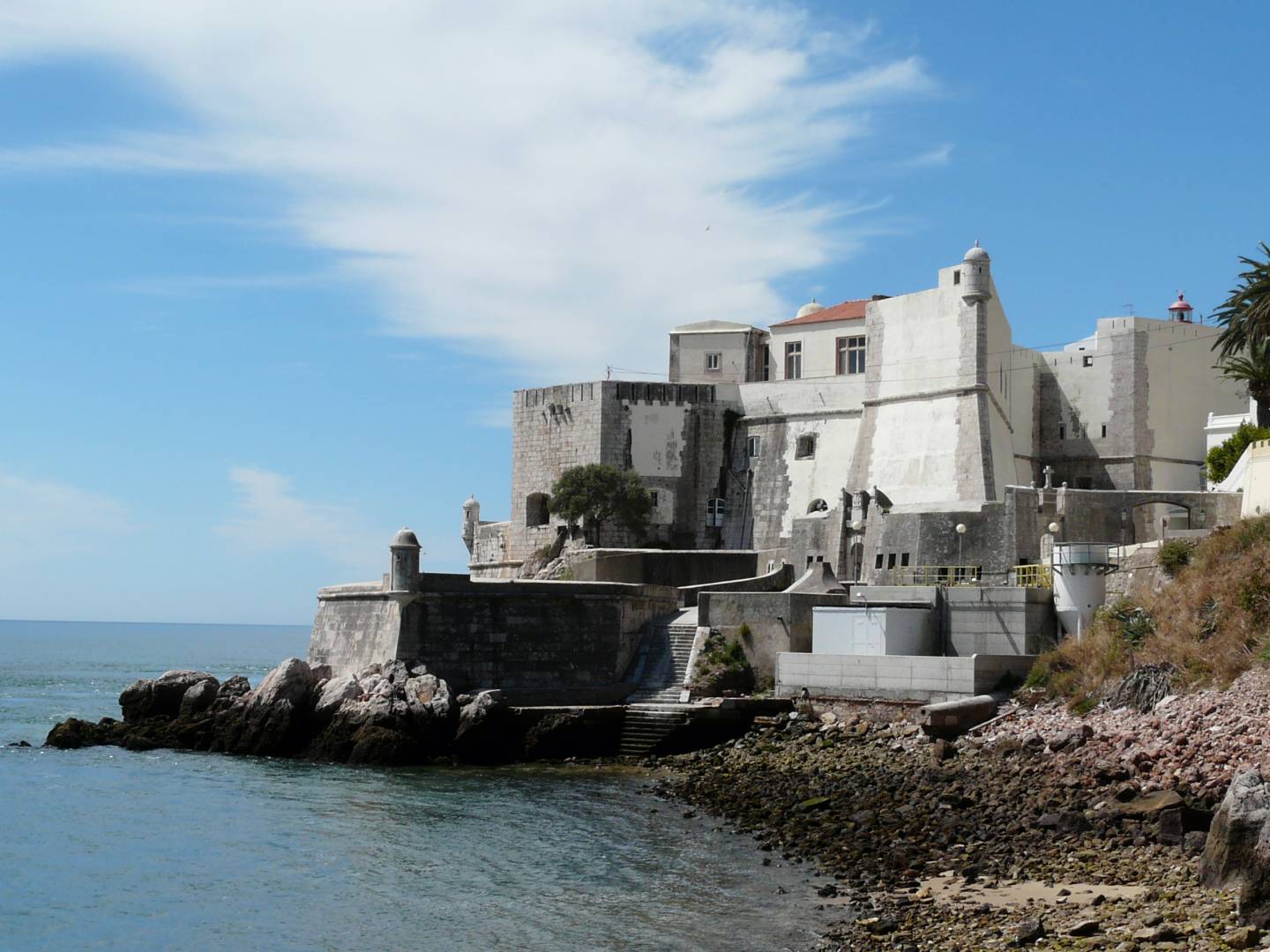
Fort located at the foot of Serra da Arrábida. Its tower is dated from 1390. In 1572 it suffered enlarging works and was completely remodelled after the Restoration War. The chapel, covered with glazed tiles from the XVIII century, is worthy of notice. In the XIX century it was a prison and later the holydays residence of King D.Carlos and Queen D. Amélia. In 1909; it became a hospital for orthopaedic diseases and maintains its function until today.
Farol do Cabo Sardão (Odemira)
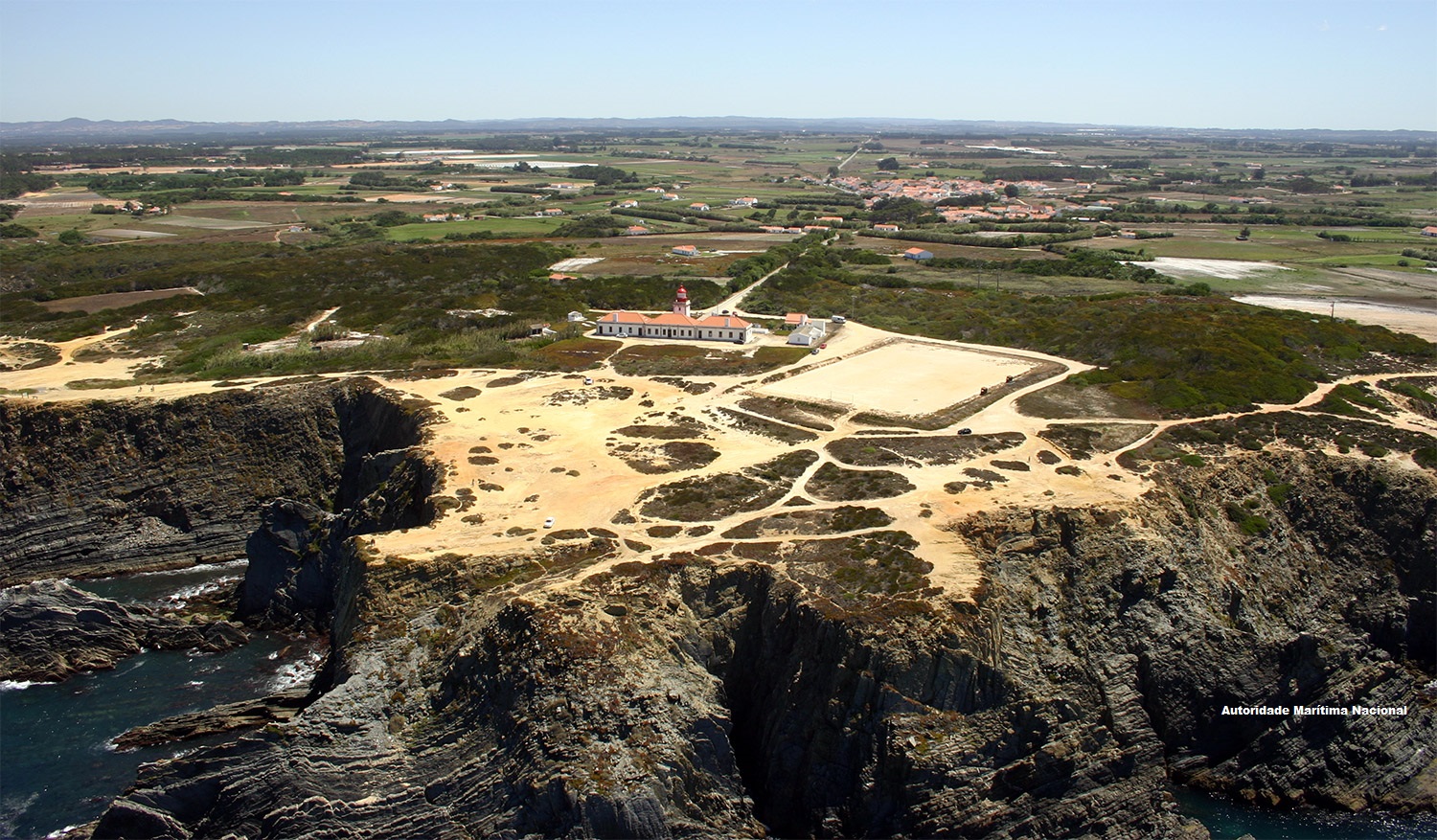
A white square tower with a lateral building. It has a lighting range of 23 miles and is 17 metres tall. It was built in 1915.
Farol do Cabo de São Vicente (Vila do Bispo)
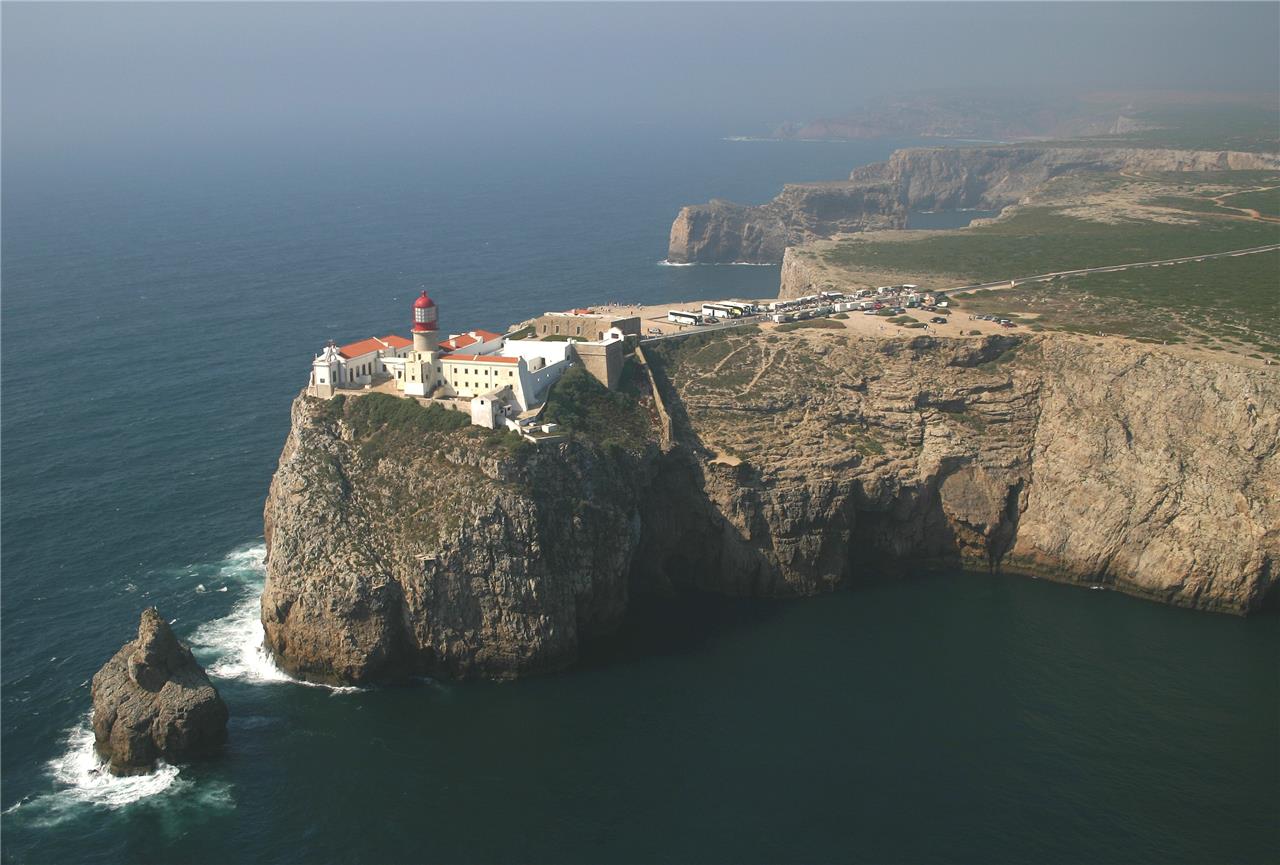
The lighthouse became operational in October 1846. It is 28 metres high and its reach is 32 metres. The lighthouse's optical apparatus weighs four tons and is amongst the six heaviest in the world. At present the lighthouse houses a museum centre.
Farol da Ponta da Piedade (Lagos)
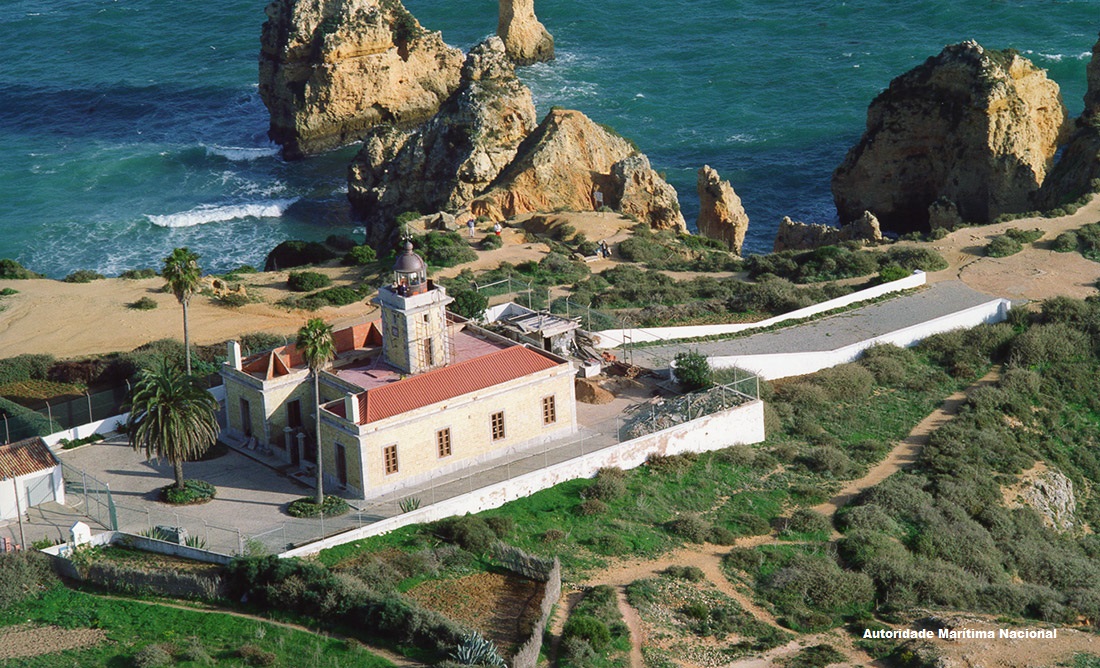
A lighthouse tower with a square plan, dating to the 20th century, plastered with yellow tiles and with red metal dome.
Farol da Ponta do Topo (Calheta de São Jorge)
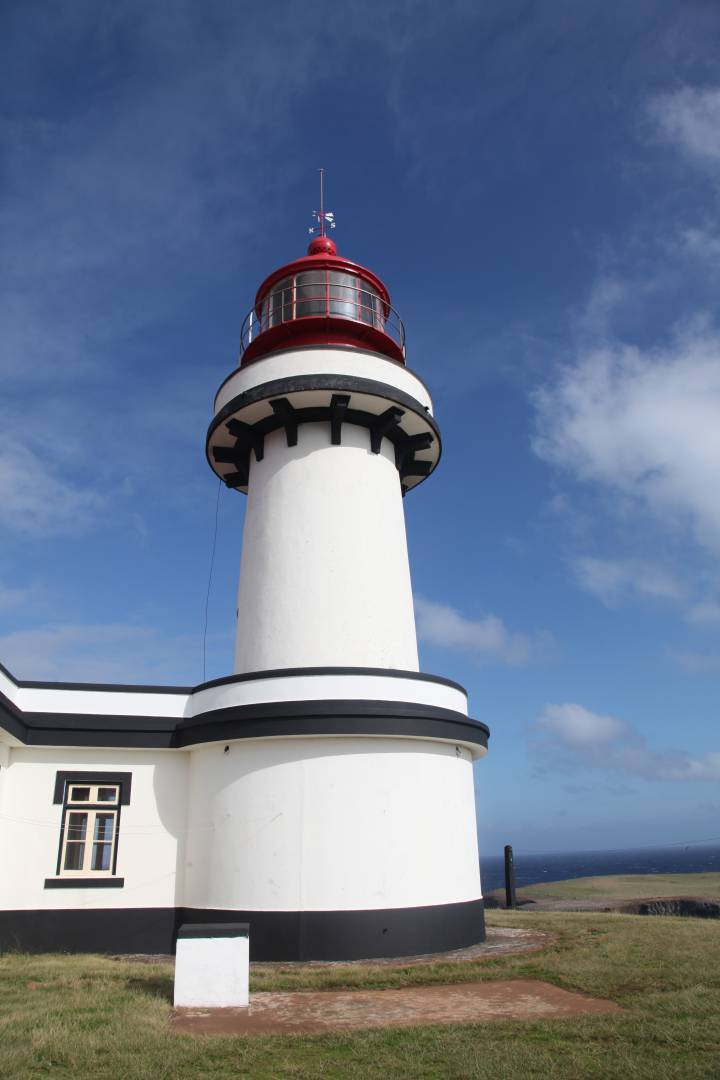
Lighthouse located on the Southwest tip of the island, more properly in the call Tip from the top. It consists of a circular tower with 16 feet tall and annexes where is located the lighthouse keeper's dwelling and a deposit of material.
Farol da Ponta dos Capelinhos (Horta)
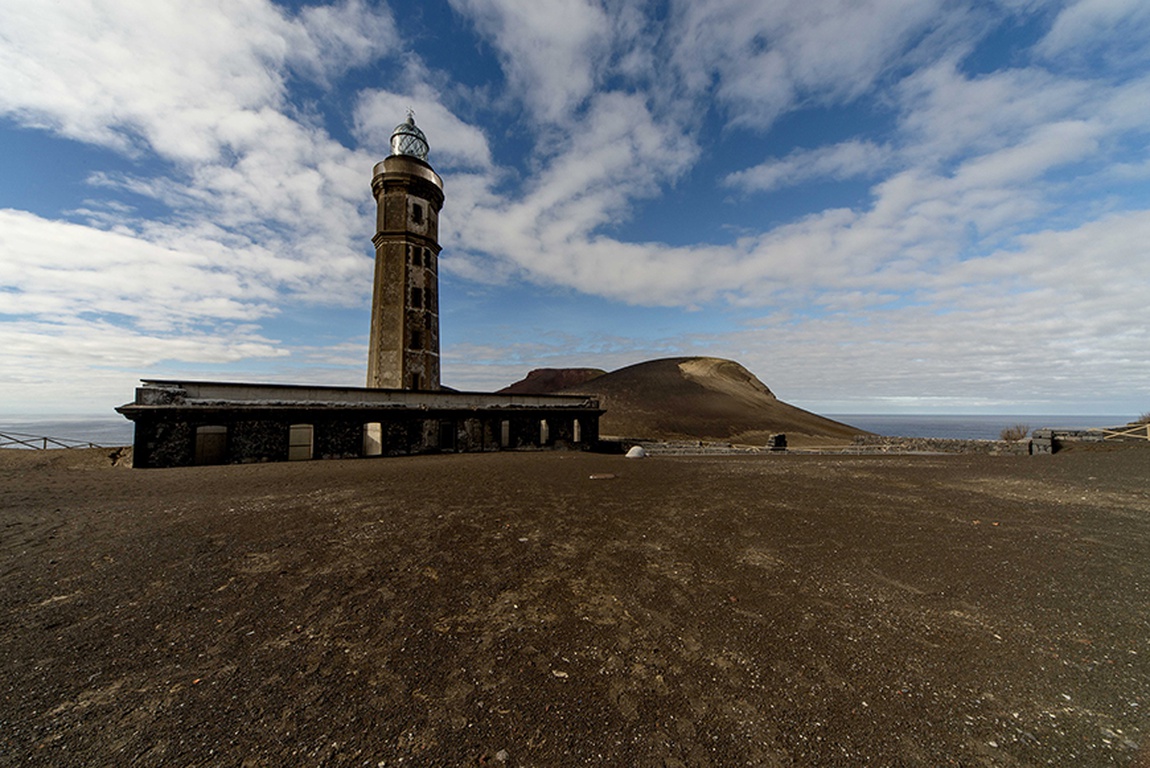
The Capelinhos lighthouse was completed in 1903, after works that took over nine years. Its primary function was maintained until 1957, when it was the eruption of the volcano. From that date was in ruins. Consists of a rectangular body of two floors (one of which buried) and a central octagonal tower. Their retraining and integration into the interpretation centre of Capelinhos volcano allows, nowadays, the ascent to its central tower from where you have a unique view on the rugged volcanic landscape.
Farol da Ponta da Ilha (Lajes do Pico)
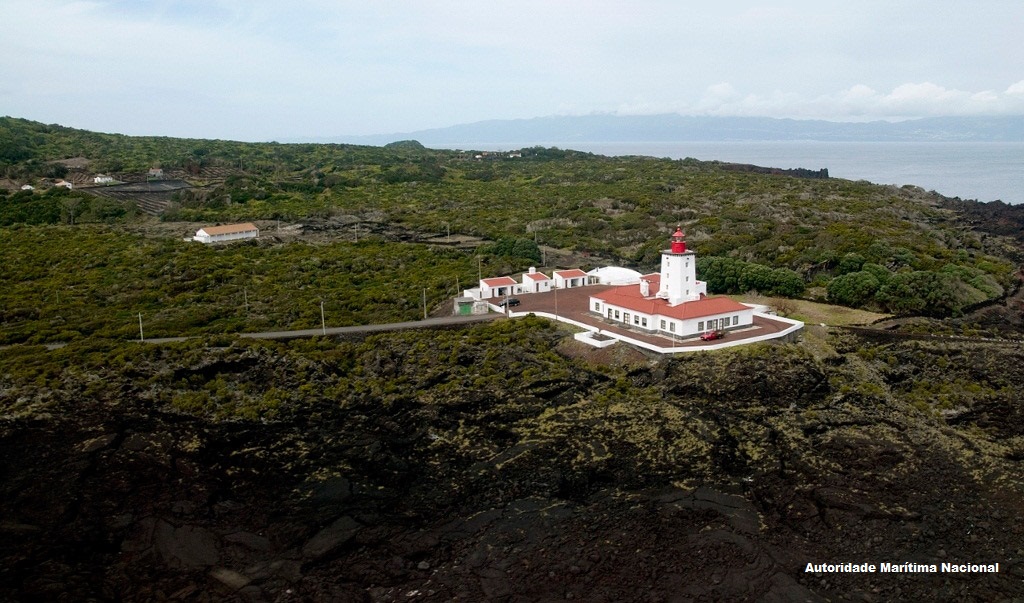
It is a white prismatic tower with 19 feet high, showing a Red Lantern and an annex building.
Farol de Gonçalo Velho Cabral (Vila do Porto)
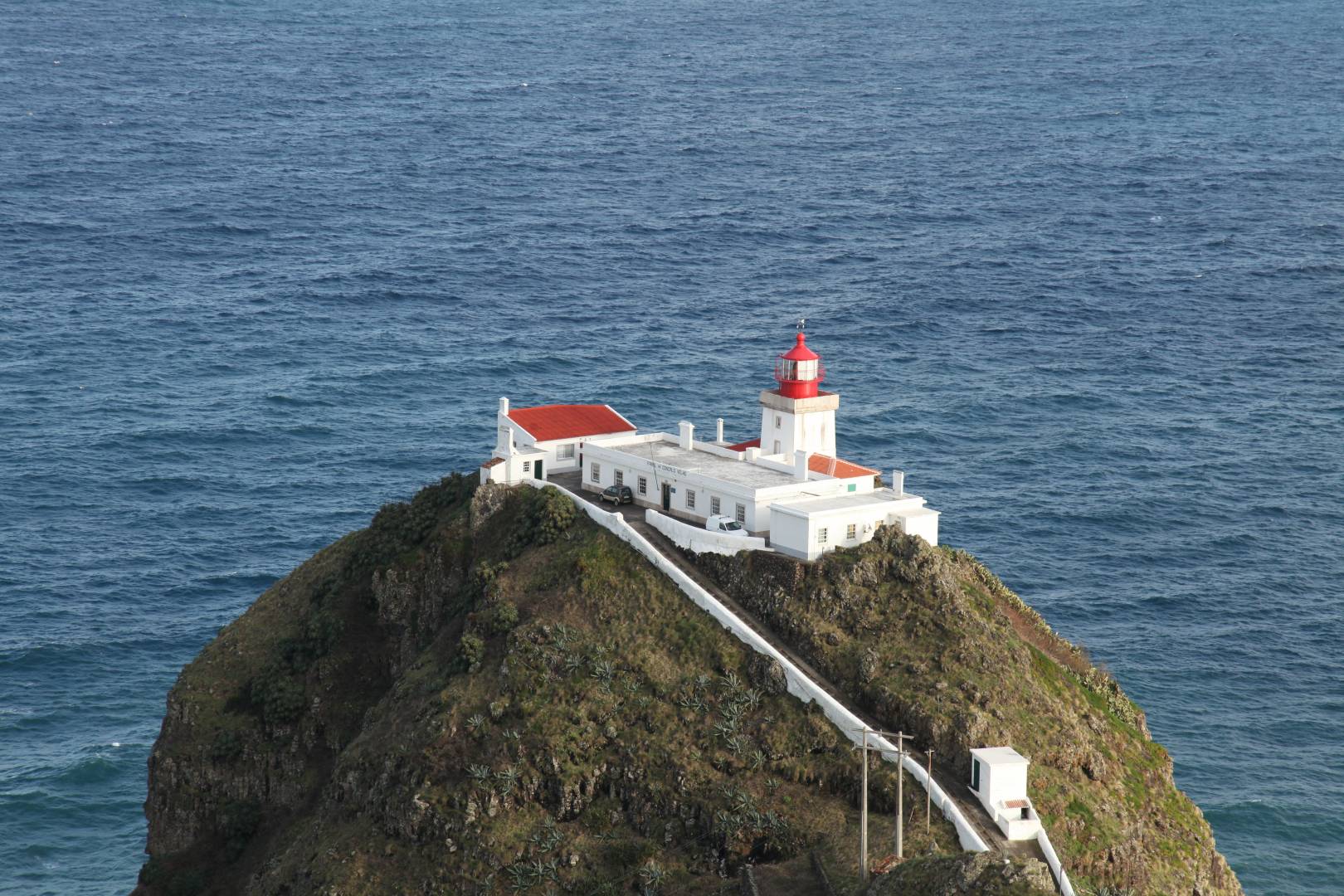
Lighthouse built in 1927, the 114 meters of altitude, in the call tip of the Castle. It is a quadrangular tower with 14 meters high with some buildings annexes.
Farol de Ponta Delgada / Farol de Santa Clara (Ponta Delgada)
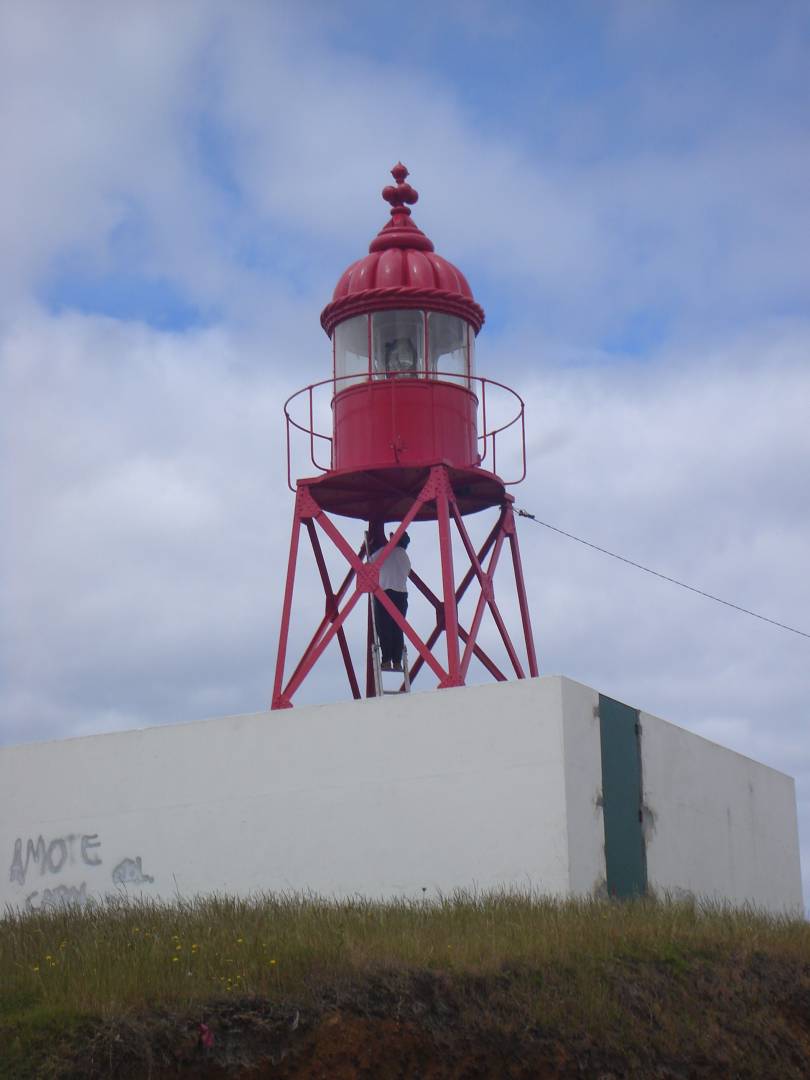
This Lighthouse went into operation in 1876 and was the first lighthouse to be implemented in the Azores archipelago. In 1955 it was electrified and in 1993 went on to use the public network power.
Farol das Lajes (Lajes das Flores)
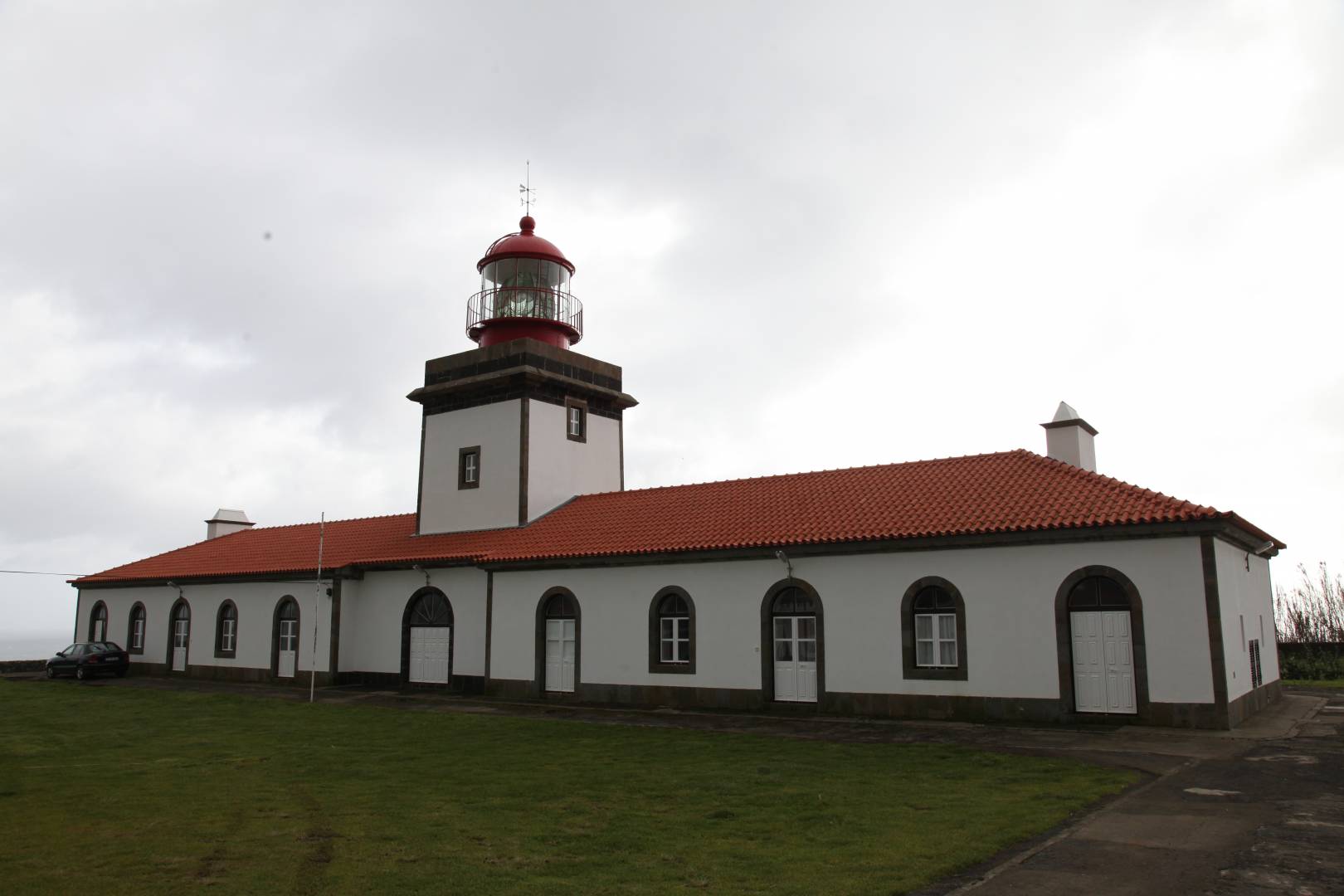
This is one of the largest and best known lighthouses of the Azores. Presents a quadrangular prismatic tower with 16 feet tall and a building attached.
Farol da Serreta (Angra do Heroísmo)

Metallic tower with about fifteen meters high, located in the so-called tip of Serreta. Was started in 1908, being guarded by a lighthouse keeper.
Farol da Ponta da Barca (Santa Cruz da Graciosa)
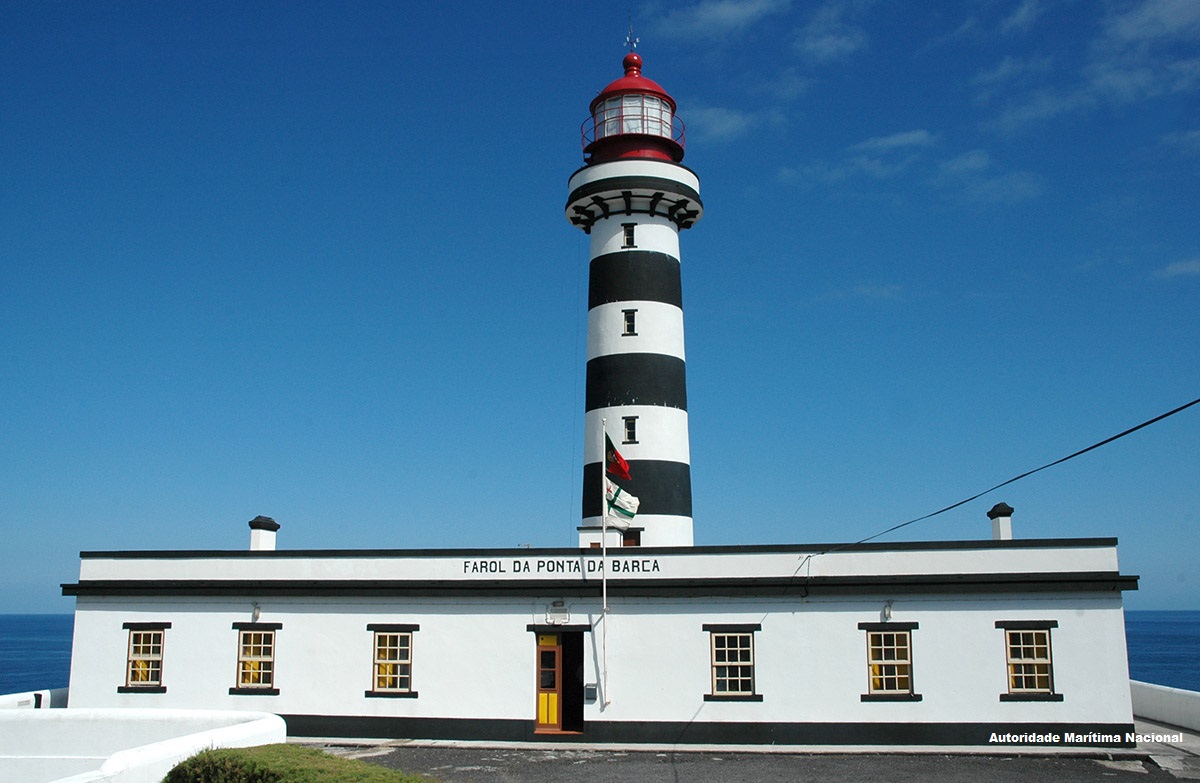
Single-story lighthouse, featuring a 23-meter-high cylindrical tower, making it the tallest lighthouse tower in the Azores. In front of this lighthouse is the famous stone whale, a curious rock formation that, seen in profile, resembles a whale.
Farol das Contendas (Angra do Heroísmo)
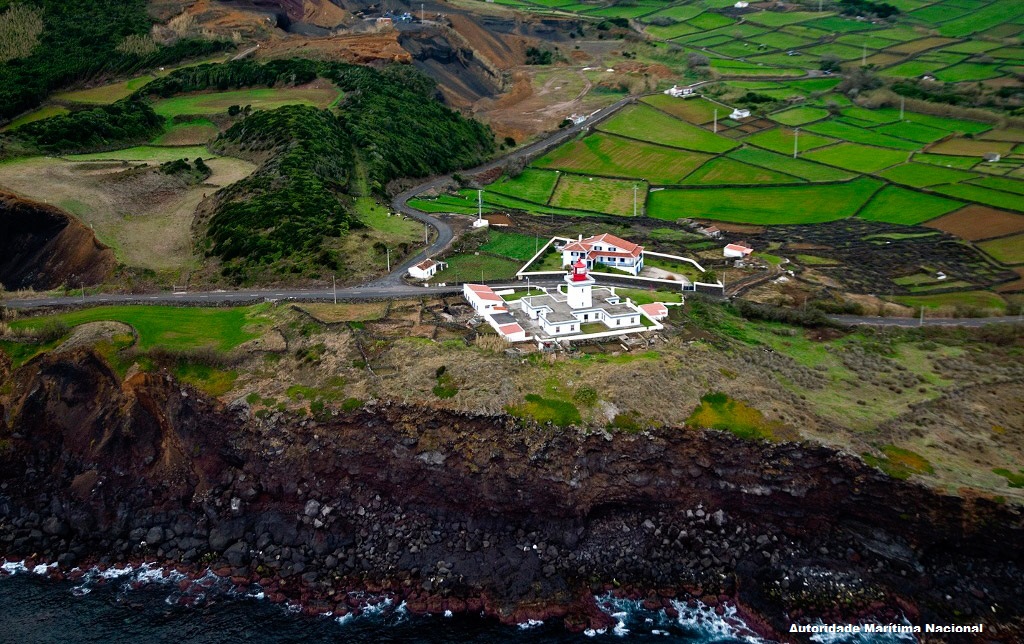
Lighthouse established in 1934 in the southwestern part of the island of Terceira, in the area called Tip of the Contentions. It is a prismatic tower with thirteen feet tall and 54 of altitude in relation to the sea, to which a building annex adossa.
Farol do Albarnaz (Santa Cruz das Flores)

Lighthouse located at the northern tip of the island, called tip of the Albarnaz, about a hundred meters of altitude. It is a circular tower with 9.5 feet high.
Farol de Ponta da Garça (Vila Franca do Campo)
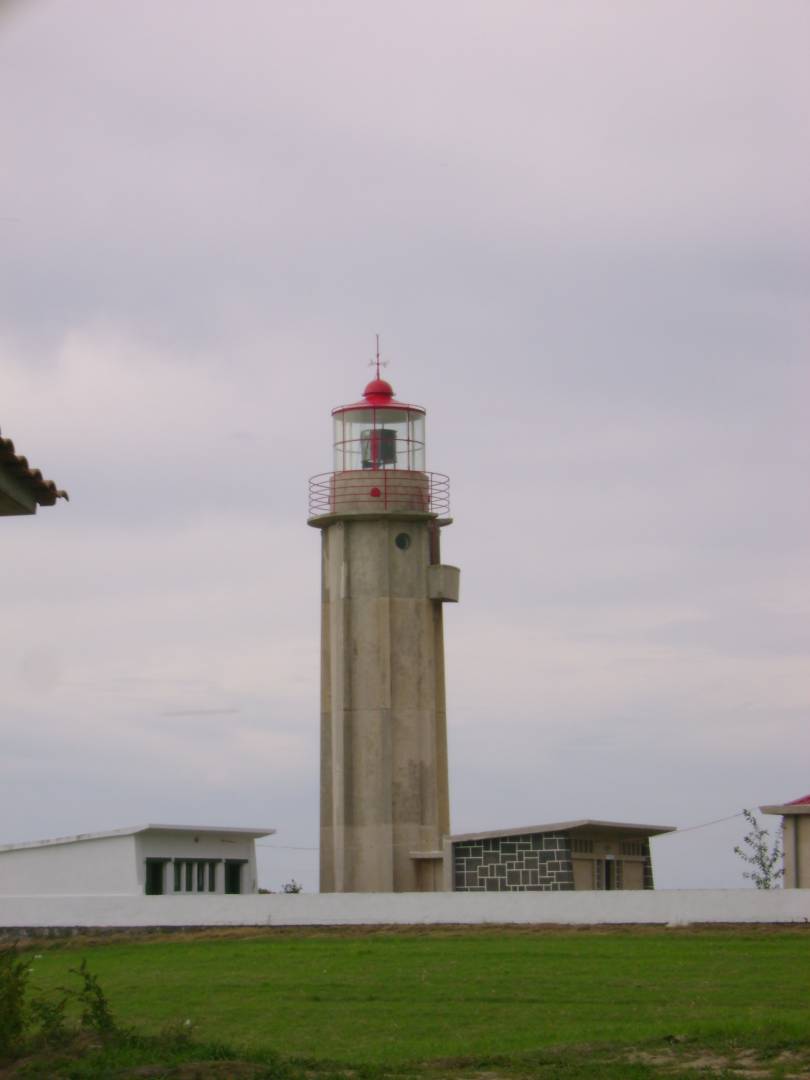
Simple lighthouse, built in red iron and surrounded by a white wall.
Farol da Ferraria (Ponta Delgada)
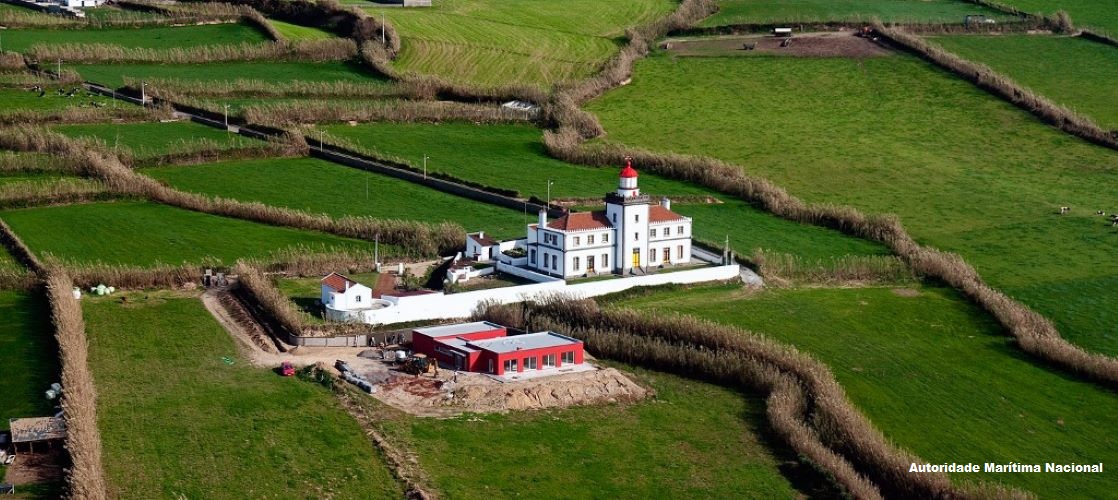
The Farol da Ferraria was inaugurated in November 9, 1901, counting with 110 years of history. It is located on Ponta da Ferraria, consisting of a cylindrical tower and an annex building. Has about 14 feet tall.
Farol do Carapacho (Santa Cruz da Graciosa)
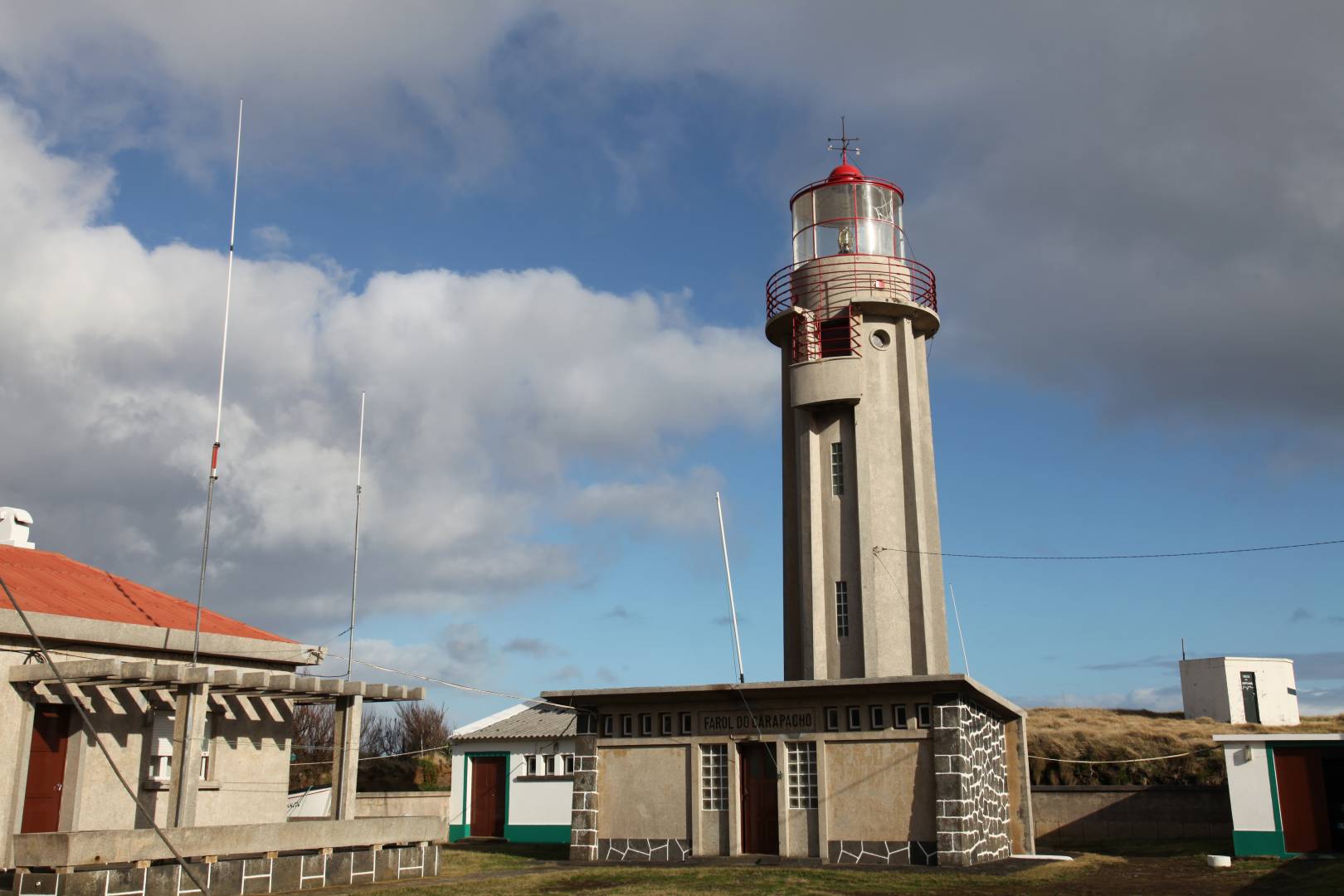
Also called Farol da Ponta da Restinga, this lighthouse is located 191 meters above the sea and is 14 meters high. It was built in 1956.
Farol da Ponta do Arnel (Ponta do Arnel)

The lighthouse of ponta do Arnel was inaugurated in 1876. Since its inauguration has undergone several changes and improvements that enabled that is still in operation. Their 15-metre Tower leaves a light beam with a range of 25 miles. Overlooking the lighthouse lies the picturesque village of Northeast.
Farol da Ponta do Pargo (Calheta)
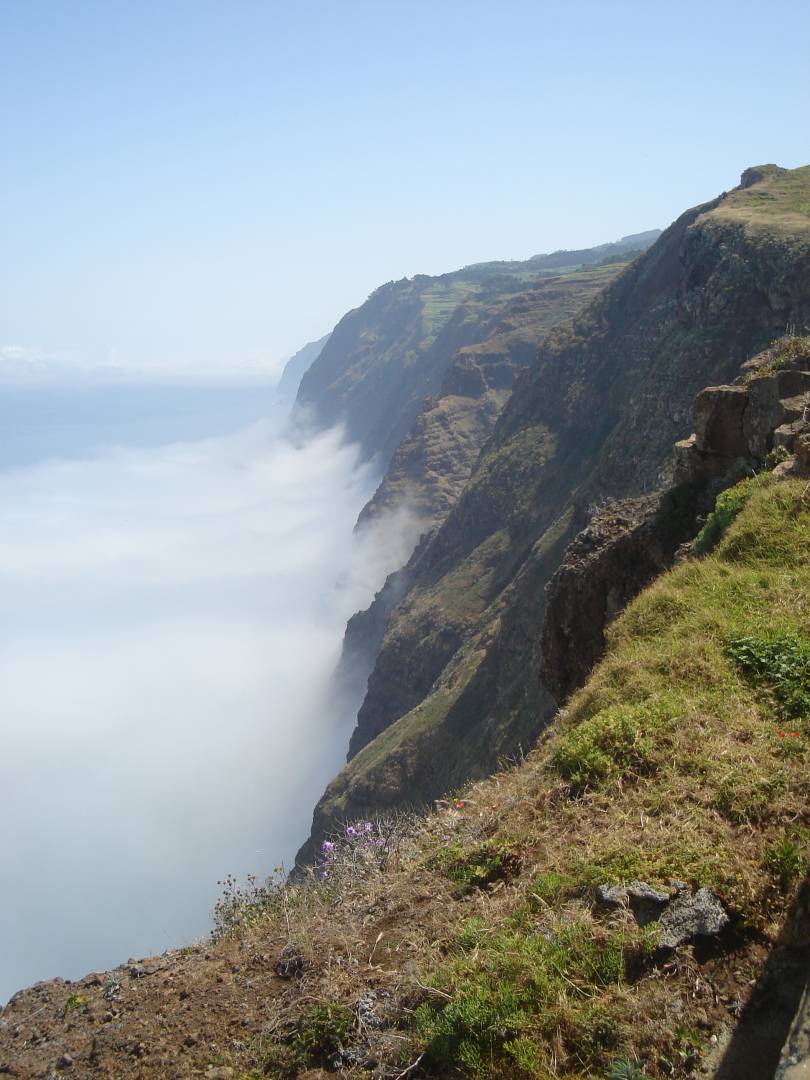
A place with lovely views of the ocean and of the rocky formations that surround it.
Recommended

